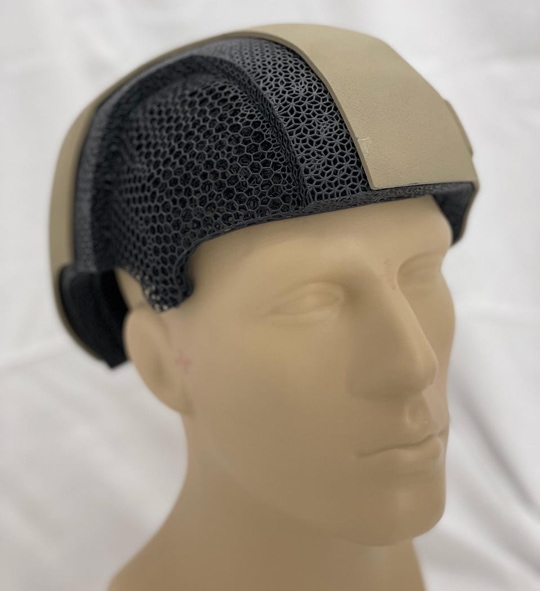Rice University’s Office of Innovation is partnering with Redwood City, California-based Carbon and Austin, Texas-based manufacturer TyRex Group to make additive manufacturing equipment and expertise an integral part of its initiative to provide campuswide access to prototyping and design facilities and services.
“Collaboration is the fastest way to get technology out of the lab and into the real world,” said Paul Cherukuri, a physicist, chemist and tech entrepreneur Rice tapped last fall to serve as its first vice president of innovation.
He said 3D printing is increasingly critical for university innovation because “it allows you to create things you couldn’t otherwise make, and it lets you go very quickly from an idea to a prototype and downstream to a product.”
To make 3D printing and other prototyping capabilities broadly available at Rice, Cherukuri’s office is constructing the Rice Nexus, a dedicated innovation space at the Ion where faculty and students can turn “proof-of-principle” ideas into viable prototypes that will be attractive to industry and investors.

In part, Cherukuri is building on his own experience as a research investigator. When he pitched his idea for developing 3D-printable smart helmets to the Office of Naval Research in 2021, he championed the idea of working hand in hand with industry experts who specialize in manufacturing products with 3D printing.
“The Navy was good with this because they understood the importance of thinking about manufacturing at the beginning,” Cherukuri said. “That is key for accelerating innovation. And it’s really where additive manufacturing takes off.”

The Rice Smart Helmet project reimagines the military helmet as both protective equipment and a wearable technology platform. When the Navy funded the project it allowed Cherukuri to purchase two of Carbon’s industrial-grade 3D printers, an M2 model that was installed at Rice for smaller prints and a top-of-the-line, large-format L1 that was installed at TyRex’s Austin facility almost 170 miles from the Rice campus.
Cherukuri said the combination of Carbon printers and TyRex expertise has allowed the smart helmet team to “go seamlessly from idea to production,” and he wants to replicate that experience for other labs at Rice. “If I design on the L1, I can hit print and print 1,000 of them, and that is a capability we did not have before,” Cherukuri said.
Of TyRex, he said, “The fastest way to make a design production-ready is to work with someone experienced who understands the real-world challenges of product development, and that is what they bring.”
The Rice Nexus is slated to open this summer. Cherukuri said the facility’s “capabilities, funding and resources will be defined” by what the Office of Innovation learns from faculty surveys.
Subscribe to AM Chronicle Newsletter to stay connected: https://bit.ly/3fBZ1mP
Follow us on LinkedIn: https://bit.ly/3IjhrFq
Visit for more interesting content on additive manufacturing: https://amchronicle.com


